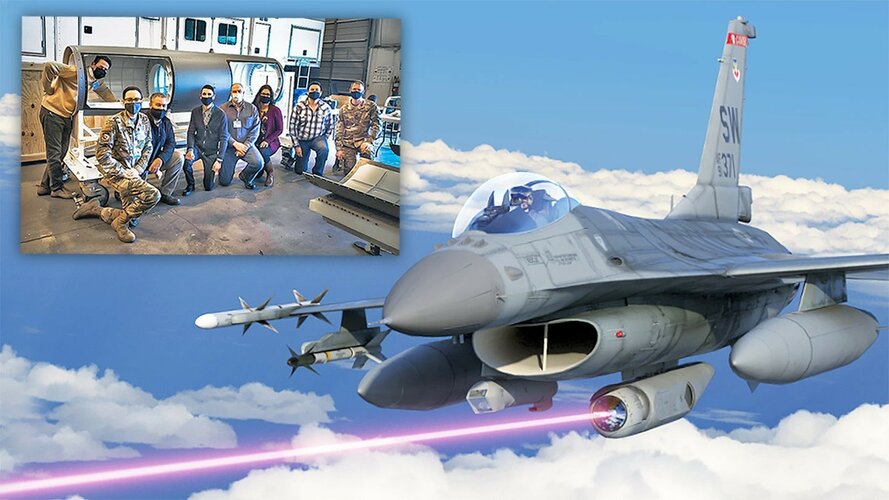Focusing news

 phys.org
phys.org

 phys.org
phys.org
Mini lasers


 phys.org
phys.org

 phys.org
phys.org

Focusing ultra-intense lasers to a single wavelength
Ultra-intense ultrashort lasers are powerful tools used in various fields like physics, national security, industry, and health care. They help researchers delve into strong-field laser physics, laser-driven radiation sources, particle acceleration, and more.

Old crystal, new story for enhancing deep ultraviolet laser performance
In the realm of science and technology, harnessing coherent light sources in the deep ultraviolet (DUV) region holds immense significance across various applications such as lithography, defect inspection, metrology, and spectroscopy. Traditionally, high-power 193-nanometer (nm) lasers have been...
Mini lasers

Micro-Lisa: Making a mark with novel nano-scale laser writing
High-power lasers are often used to modify polymer surfaces to make high-tech biomedical products, electronics and data storage components.
phys.org

Researchers identify new method to boost laser processing resolution
Focusing a tailored laser beam through transparent glass can create a tiny spot inside the material. Researchers at Tohoku University have reported on a way to use this small spot to improve laser material processing, boosting processing resolution.

Light stands still in a deformed crystal
AMOLF researchers, in collaboration with Delft University of Technology, have succeeded in bringing light waves to a halt by deforming the two-dimensional photonic crystal that contains them. The researchers show that even a subtle deformation can have a substantial effect on photons in the...
Last edited:


























